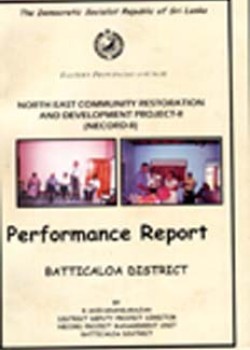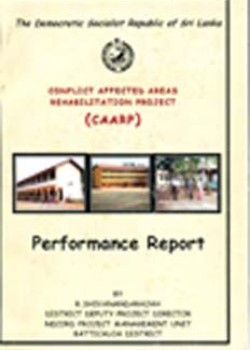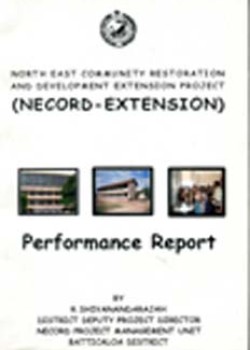
Quantitative and Qualitative Approaches to Measuring Poverty
Issues and the Challenges in the Context of Sri Lanka
Author : Gunawardena, Dileni
Year: 2003
Page Numbers: 22
Acc. No: 2617
Class No: 339.46 GUN-SL
Category: Books & Reports
Subjects: Poverty
Type of Resource: Monograph
Languages: English
This is the first draft of a paper submitted to the Regional Conference on “Poverty Monitoring in Asia” in March 2004. Poverty measurement has been dominated by the quantitative objective approach that dates back to the late 19th century. This method has been criticized, among other things, for its apparent neglect of the non-income dimensions of poverty. Several alternative approaches to analysing poverty have been developed in the last few decades. In this study, the author examines the quantitative approach from the viewpoint of the criticisms and examines the extent to which the shortcomings of this approach are avoided or compensated for, in alternative approaches. Each approach is evaluated in terms of how it fares in relation to incorporating multi-dimensionality and the dynamic or durational aspect of poverty into its measurement and in exploring the complementarities that exist between the approaches. The author also briefly reviews the conceptual issues relating to defining and measuring poverty and how they are resolved or not.



